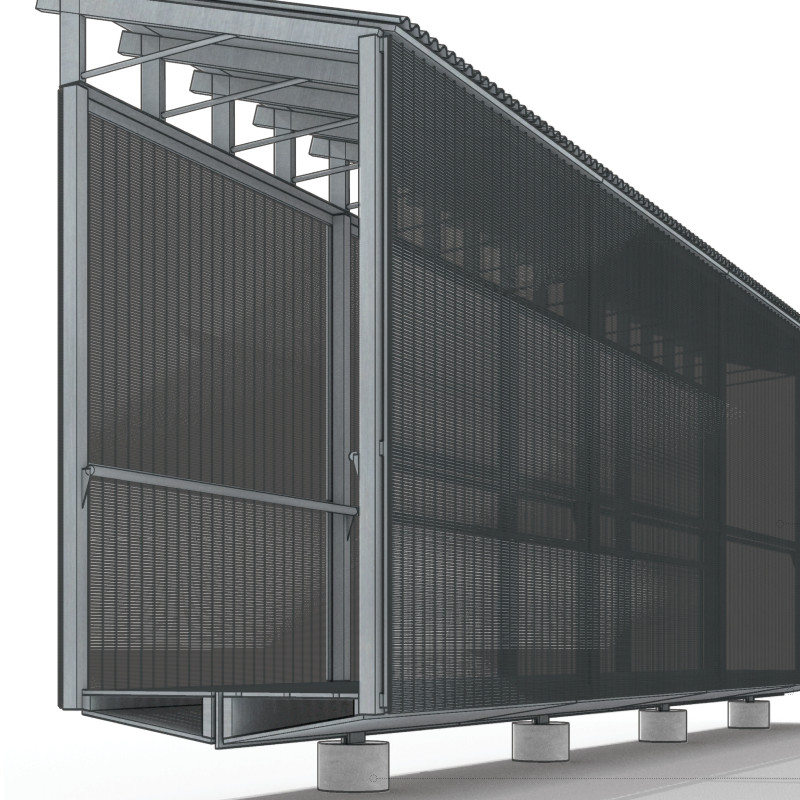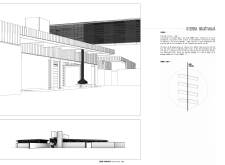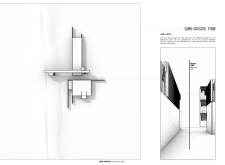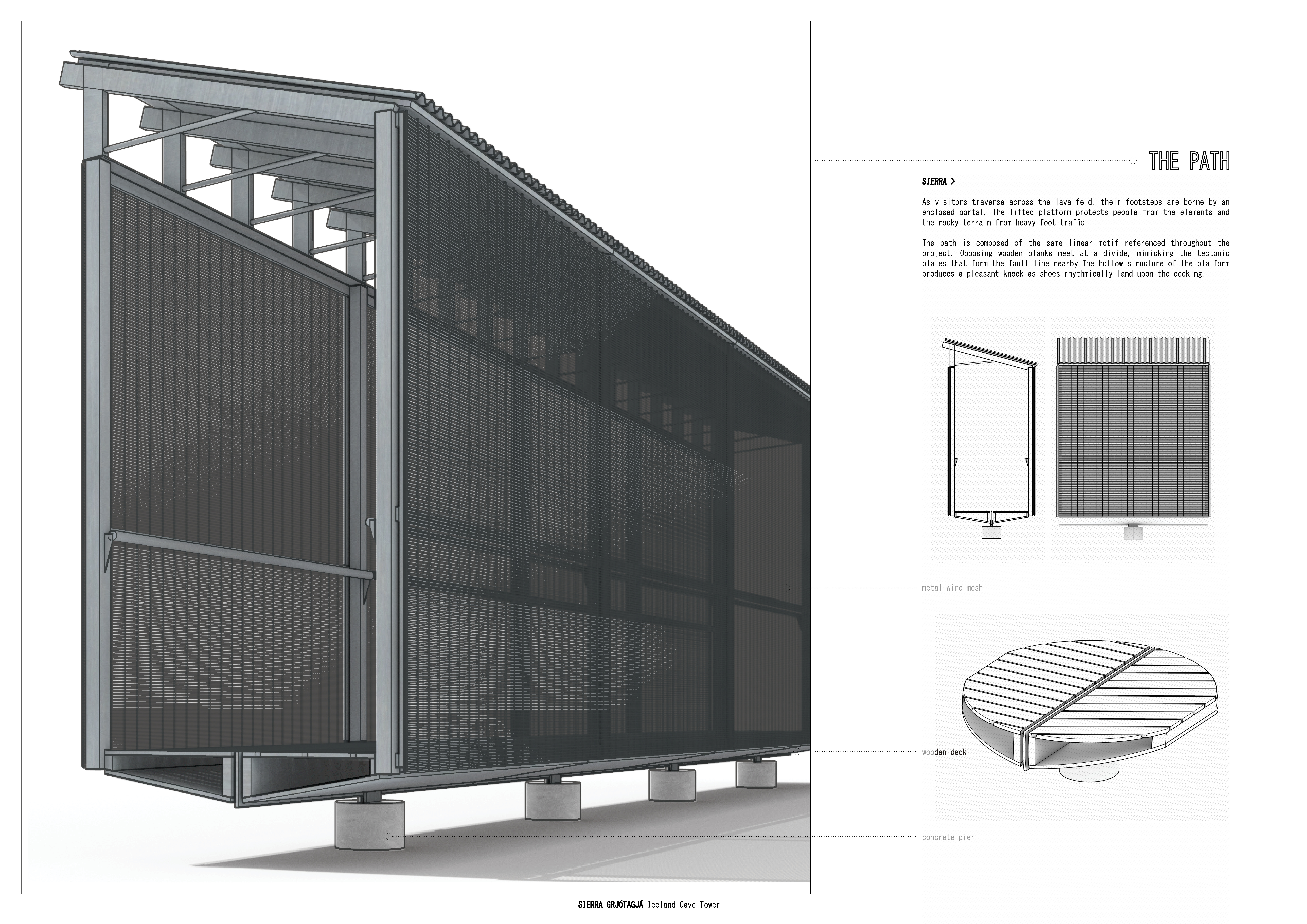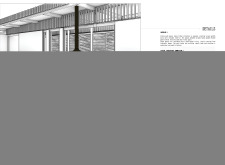5 key facts about this project
The architectural design utilizes local materials, primarily concrete, steel, timber, and metal wire mesh. These materials not only ensure the structural integrity of the project but also create a visual language that reflects the rugged terrain. The design approach emphasizes sustainability and environmental responsiveness, integrating heating measures and insulation that align with traditional Icelandic practices. By focusing on local resources, the project promotes a connection between structure and site, allowing it to coexist harmoniously with its surroundings.
The emphasis on spatial dynamics sets this project apart from conventional designs. The structure features a sawn-crossed form, which allows for interconnected volumes that encourage exploration and interaction with the immediate landscape. Vertical components serve as observation points, enhancing the user experience by providing elevated views of the rift landscape. This integration of observation and interaction is a defining characteristic of the project, creating spaces that invite visitors to explore both the structure itself and the natural beauty beyond.
The interior spaces have been designed to enhance the overall experience of the architecture while maintaining functionality. The heavy timber framework is deliberately exposed, promoting a sense of warmth and craftsmanship. Local wool insulation is utilized not only for its thermal efficiency but also as a way to incorporate local traditions into the modern design. This thoughtful use of materials contributes to the project’s overall narrative, bridging contemporary architectural ideas with historical context.
The "Sierra Grjótgajá" project exemplifies how architecture can respond to and enhance its natural environment. Its innovative design choices, such as the integration of vertical viewing platforms and the use of local materials, provide a fresh perspective on the relationship between structure and landscape. To explore more about the architectural plans, sections, and the overall architectural design of this project, readers are encouraged to delve into the project's detailed presentation, which highlights the unique architectural ideas that define "Sierra Grjótgajá."


